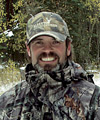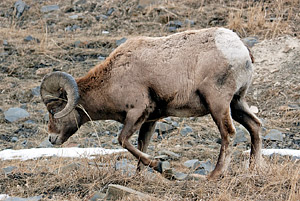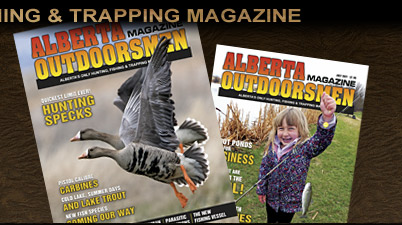|
 |
 |
Much to the angst of Alberta’s non-Métis hunters and anglers, Manitoba has capitulated, granting that province’s Métis peoples (an estimated 100,000) hunting and fishing rights for subsistence use in an 800,000 square kilometre area of that province.
In essence, opening the door for the Métis of this province to, at the very least, shoot for equal rights to those of Manitoba’s Métis. A decision that may come about sooner rather than later.
In February 2013, after twice being denied, the Métis Nation of Alberta (MNA) will be back in court for a third time, once again appealing the decision handed down in the Garry Hirsekorn case.
If you remember, Hirsekorn shot a mule deer out of season and without licence in the Cypress Hills region as part of a staged protest brought about by the MNA in 2007. Hirsekorn was subsequently charged and the MNA has been, as they intended, in court ever since.
On February 7, 2013, the Alberta Court of Appeals will listen to arguments in a Calgary courtroom from both the province and Hirsekorn’s lawyers regarding the case.
Hirsekorn claims he is a descendent of the Métis buffalo hunters who followed the herds on the prairies 150 years ago and that he has a constitutional right to hunt for food anywhere in southern Alberta. The province does not believe he has that right because they (the Métis) didn’t actually live there.
 |
| Concerns of over-hunting some species in the name of subsistence was just one reason for Alberta’s outdoorsmen and women to oppose unabated Métis hunting and fishing rights. |
The Powley test says Hirsekorn must prove the existence of a historic and modern Métis community in southern Alberta to claim his hunting rights. Hirsekorn’s lawyers suggest the province wrongly interpreted the Supreme Court of Canada’s 2003 Powley decision, arguing that the interpretation of historic and modern Métis “community” is too narrow. According to the MNA, “Community must be considered in accordance to the nomadic lifestyle led by the Métis, who followed the buffalo across the plains.”
The province argues that Hirsekorn’s right to hunt cannot be established “on the basis of irregular use or a temporary and fleeting presence in an area.”
Currently, Alberta Métis can hunt and fish without licence and at all times of the year within a 160 kilometre radius around the Métis settlement in which they reside. There are 17 Métis settlements in northern and central Alberta, none in southern Alberta.
Meanwhile, the Blood and Siksika First Nations of southern Alberta are also at odds with the MNA. Both groups have been granted intervener status in the appeal and will argue that Métis hunting rights could have an adverse affect on their (the Blackfoot) treaty rights. And most likely will should the MNA achieve their end goal of unabated hunting and fishing rights across the province.
And this is where Alberta’s outdoorsmen and women cringe, believing that the conservation of our fish and wildlife is far more important than the MNA’s wishes to hunt and fish year round, without licence, and without accountability for the numbers and types of animals killed.
Back in March 2007, JB Struthers reported in his Black and White column that so-called Métis subsistence hunters, to that date, had killed 29 sheep, 2 goats, 1 grizzly bear, and 2 cougars. These statistics came from Fish and Wildlife’s compulsory registration requirement of these species. It was this type of fraudulent-subsistence hunting that Alberta’s outdoorsmen and women fought so strongly against after the Interim Métis Harvesting Agreement (IMHA) was surreptitiously agreed upon. And one of the reasons the IMHA died the death it did.
Given that any Métis person in need of true subsistence can currently apply for a free Subsistence Hunting Licence or free Domestic Fishing Licence, as well as hunt or fish year-round and without licence in already established areas, is unabated hunting and fishing really needed on the grand scale?
This is about rights and only about rights. Giving rights to certain groups but not others, as history has shown, only fosters ill feelings. And when those rights can be used in ways they weren’t meant to be—like trophy hunting under the guise of subsistence hunting—ill feelings only get worse.
Unlike this province’s outdoorsmen and women, those of Manitoba have shown little energy in protecting their own resources from unabated hunting and fishing. In fact, the president of the Manitoba Wildlife Federation, Reid Woods, suggested his organization “supports Métis hunting rights.”
When asked for comment, AFGA president, Conrad Fennema, refused, suggesting he had not seen the Manitoba agreement nor knew of Reid Woods’ statement.
Firing nets into lakes with collapsed walleye and pike populations and hunting whatever, whenever, just doesn’t make sense. Not in an Alberta whose fish and wildlife resources are already challenged on so many fronts. ■
For previous Outdoor Pursuits click here.
|
|
|
|


